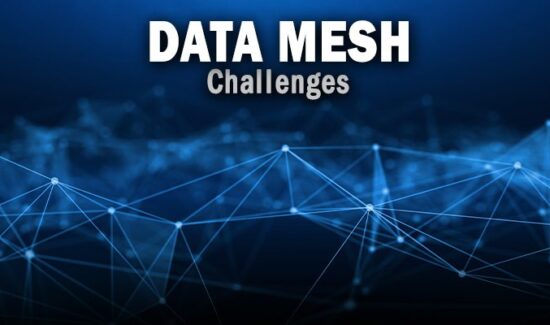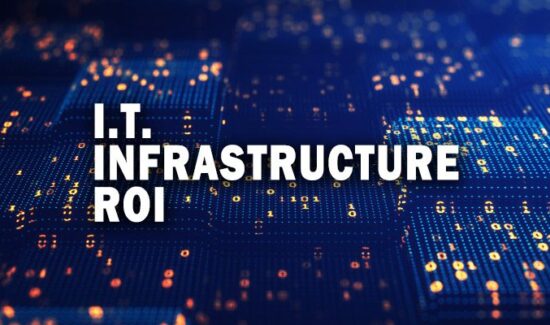ETL Is Not Dead, It’s Evolving: Thanks to AI

Solutions Review’s Premium Content Series is a collection of contributed articles written by industry experts in enterprise software categories. In this feature, Astera COO Jay Mishra offers a commentary on how ETL is not dead, it’s only evolving; thanks to AI.

ETL originated in the 1970s with the advent of data warehouses. Companies needed a way to extract data from disparate sources and transform it into a unified format that could be used for reporting and and analysis. Over the past five decades, ETL has evolved as technology has advanced and companies have faced more complex data sets.
Recently, the advent of AI and new integration techniques led some to declare the ETL era over. That simply is not the case. ETL remains a critical process for organizations looking to consolidate and integrate data. It has long played an essential role in data warehousing, business intelligence, and data analytics, all of which are rapidly evolving thanks to AI integrations. As the technology progresses, the increased demand for enhanced capabilities around data integration, mapping, and data quality management will make ETL an even more valuable process for organizations.
Modern Data Infrastructure Has Limitations
While modern infrastructures may be better equipped to handle certain data integration tasks, such as self-service data preparation and providing real-time insights from streaming data, there are still many use cases where ETL is the best approach. As demand for improved access to high-quality data has increased, ETL has evolved to meet organizations’ changing needs.
For starters, ETL’s code-free design means it’s no longer a process only experts or an organization’s IT department can handle. This means anyone within an organization who needs to can easily create ETL pipelines.
As it’s always been, ETL is still a highly effective way to transform and cleanse data, which is still a crucial part of data integration regardless of the infrastructure used. After all, not all data is streaming data. Many organizations deal with a mix of structured and unstructured data. Data could be coming from cloud services, databases, or even flat files. Before it can be used, this data needs to be blended, transformed, and standardized.
There are many scenarios where near real-time reporting isn’t required, and should actually be avoided. For such scenarios, a batch-processing model is more effective. Most importantly, ETL feeding to a star schema remains the best way to conduct historical data analysis.
This is why data integration platforms should provide a variety of data integration methods, including ETL, to give customers the flexibility to choose the best approach for their needs.
AI Makes ETL Stronger
ETL can integrate with AI to become stronger, giving organizations access to more accurate and timely insights. For instance, AI can analyze data patterns and identify anomalies or errors that traditional ETL processes might miss, resulting in better-quality data for downstream analysis. AI can also be used to automate certain parts of the ETL process, such as data mapping and transformation rules. This can help significantly reduce manual effort and increase efficiency.
AI makes ETL more accessible to any organization, regardless of their technical proficiency. Its language models help businesses leverage the power of ETL in a more streamlined and effective manner, leading to faster insights, more accurate data, and better decision making.
The Future of ETL
ETL is moving towards a future where it provides a hybrid framework approach for managing organizations’ data. These solutions will go beyond data integration, and expand to include data governance, quality, and security. These hybrid solutions will be more versatile, scalable, and flexible than earlier generations, allowing companies to process data more effectively and extract actionable insights no matter where it came from.
AI in general, but particularly generative AI, is going to play the role of trained assistant for ETL pipeline development, testing, and deployment. The technology will act as a force multiplier, making many decisions easier for ETL developers. For example, using AI to automatically create maps between disparate data sources and disparate schemas, using NLP for metadata extraction from unstructured documents, and using AI in data quality assessment and automatic data pipeline building are all processes that previously took hours, but now can execute in mere minutes.
As the business needs change and the data landscape continues to evolve, ETL is evolving right alongside it. The latest ETL software is capable of handling virtually any complex data integration task you throw at it, from preparation and extraction to transformation and ingestion. Far from a technology on its way out, the rise of generative AI will breathe new life into ETL, extending its multi-decade reign as the go-to solution for productivity analysis.
- ETL Is Not Dead, It’s Evolving: Thanks to AI - June 16, 2023


















